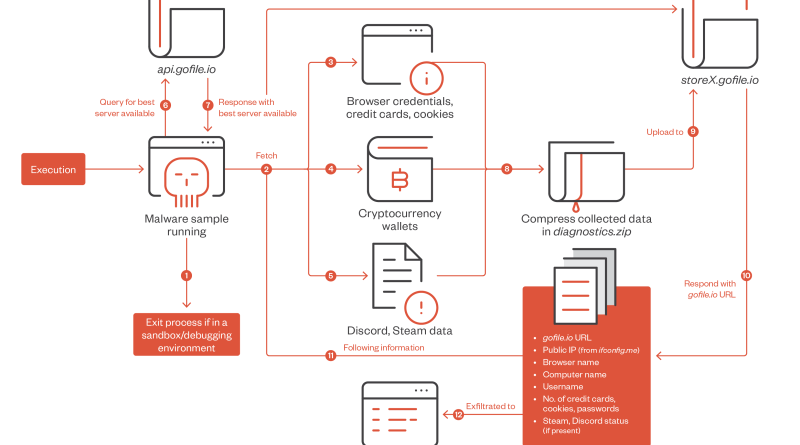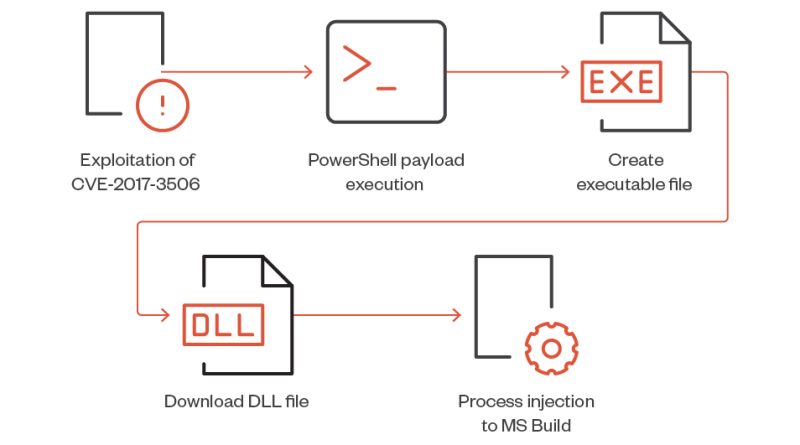Void Rabisu’s Use of RomCom Backdoor Shows a Growing Shift in Threat Actors’ Goals
Void Rabisu, a malicious actor believed to be associated with the RomCom backdoor, was thought to be driven by financial gain because of its ransomware attacks. But in this blog entry, we discuss how the use of the RomCom backdoor in recent attacks shows how Void Rabisu’s motives seem to have changed since at least October 2022. Read More HERE…










